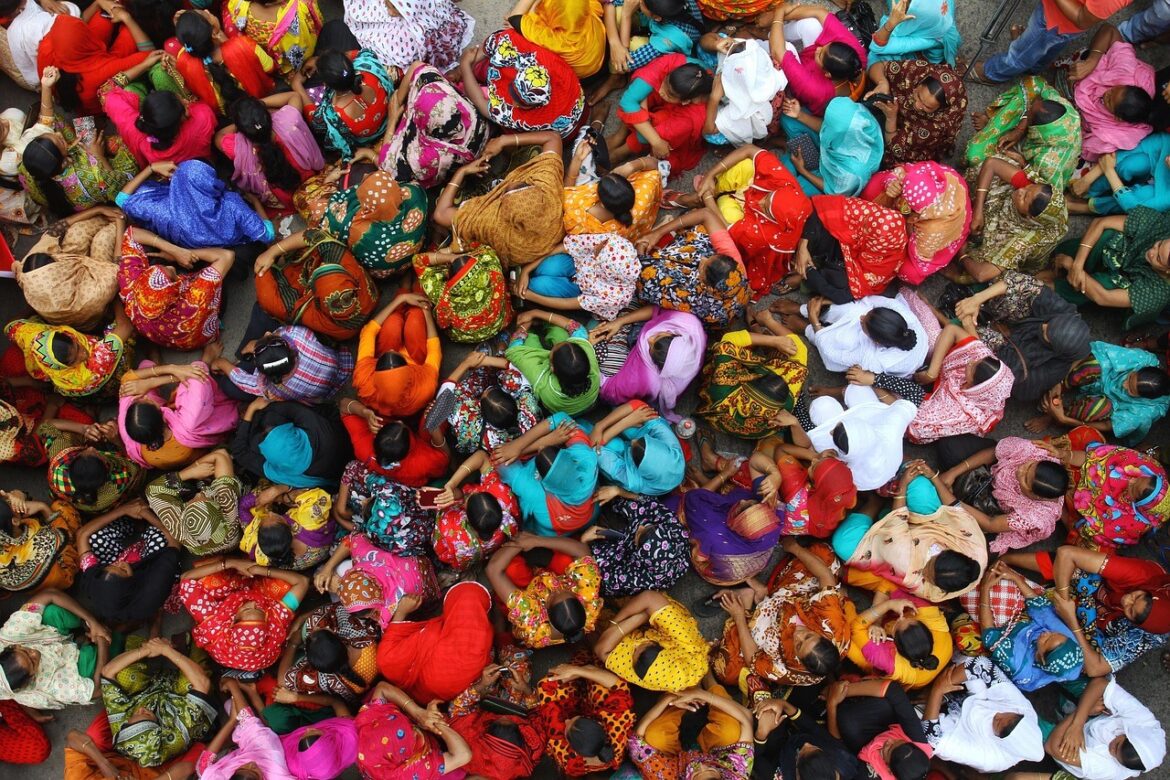Bangladesh’s ready-made garment industry scored a big win as exports to the United States rose sharply, showing how the country is gaining new orders while China loses ground. Between January and July 2025, Bangladesh shipped $4.98 billion worth of apparel to the US, a rise of 21.66 percent that outpaced overall US apparel import growth. The increase came in both volume and value: the number of garments rose 20.33 percent while the average unit price edged up 1.11 percent. For factory managers and workers this meant fuller production lines and steadier pay, and for small suppliers it opened chances to sell more parts and fabrics. Industry leaders say buyers are choosing Bangladesh not only for cost but because the country has invested in worker safety, green factories, and social compliance, which many brands now require. The mix of fair prices and stronger standards gave exporters an edge, while simple improvements in planning, warehousing and faster customs handling cut delays and kept orders moving. The shift away from China was also clear in the data, with Chinese shipments to the US falling sharply and several other Asian suppliers posting healthy growth as brands look for reliable partners. Observers say this trend can grow if local firms keep improving quality, use modest digital tools to track orders, and train more staff in simple planning and quality checks. Small steps like better labeling, basic testing, and clear delivery dates helped win buyer trust, and training programs for workers and supervisors made factories more ready for complex orders. Banks and trade groups can help by offering small loans for new machines and by supporting pilots that show how to make small batches at good cost. Designers and young entrepreneurs also have room to add value by focusing on smarter cuts, stronger branding, and small runs that test what sells. The overall mood in the industry is positive: the recent gains show that practical changes pay off and that steady teamwork among factories, suppliers, buyers and officials can turn opportunity into lasting work. If the country keeps investing in cleaner factories, better skills and smoother logistics, the rise in US orders can turn into more jobs and better pay for many people across garment towns, while keeping Bangladesh a trusted choice for global buyers looking for speed, quality and safer supply chains. Local workshops and training centers can help young workers learn simple machine care, quality checks and safety. City makers can form small groups to share tools and lower costs. With clear plans and steady help from banks and training centers, many small teams can grow into firms that sell abroad. This will help keep work steady in towns and cities across the country.
Bangladesh Wins Major US Clothing Market Share as China’s Sales Drop
13


